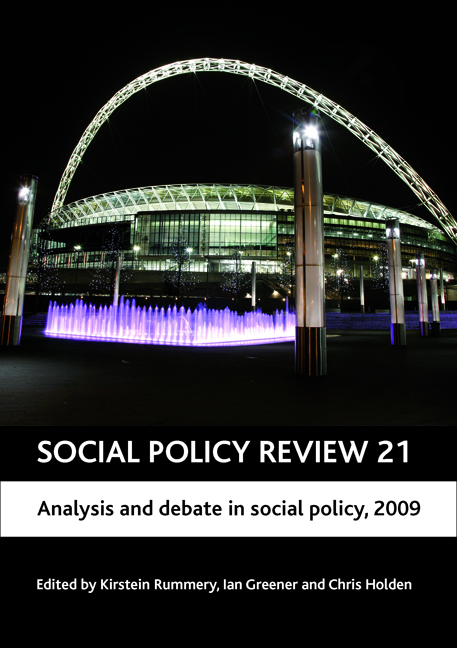nine - Managing shared residence in Britain and France: questioning a default ‘primary carer’ model
Published online by Cambridge University Press: 05 July 2022
Summary
Introduction
The past 40 years have seen major shifts in the demographic constitution of families and households, in particular with regard to aspects of their formation and dissolution. A growing diversity in family forms has meant that increasing numbers of children are growing up in households that do not include both biological parents. Much of the research and policy interest surrounding these changes has focused on the growth in lone motherhood, where the ratio of lone mothers to lone fathers has remained remarkably consistent over many years, at roughly nine to one (Duncan and Edwards, 1999). As a result, in as much as fathers have been portrayed at all, they have been considered largely in their role as ‘separated’ or ‘absent’ fathers, living apart from their children. This focus has tended to mask the substantial differences that exist in the nature of their contact, care and residence arrangements, where many fathers endeavour to play an active and engaged role – emotionally and instrumentally – in the lives of their children, despite the parents’ separation.
An increasingly favourable social and legal disposition towards the continuation of parent–child involvement, allied to notions of the welfare and ‘best interests’ of the child, has meant that despite the parents’ separation ‘[t]he notion of a biological family which transcends individual household boundaries and in which children retain both parents in their lives … is a lived reality’ (Neale et al, 1998, p 16). Not only are fathers involved in forms of ongoing and regular contact but also, for some, an arguably distinct model of post-separation family life in which both parents share the day-to-day care of the children can be discerned – ‘shared residence’. Here, children reside with each parent for roughly equal amounts of time by alternating their home life across two households; in effect – for the children – a ‘dual residence’ (Maccoby and Mnookin, 1992; Neale et al, 2003).
Definitions lack precision but generally involve upwards of 30% of the child's time throughout the year being spent in each household; usually designated by the number of overnight stays.
- Type
- Chapter
- Information
- Social Policy Review 21Analysis and Debate in Social Policy, 2009, pp. 197 - 214Publisher: Bristol University PressPrint publication year: 2009
- 2
- Cited by



